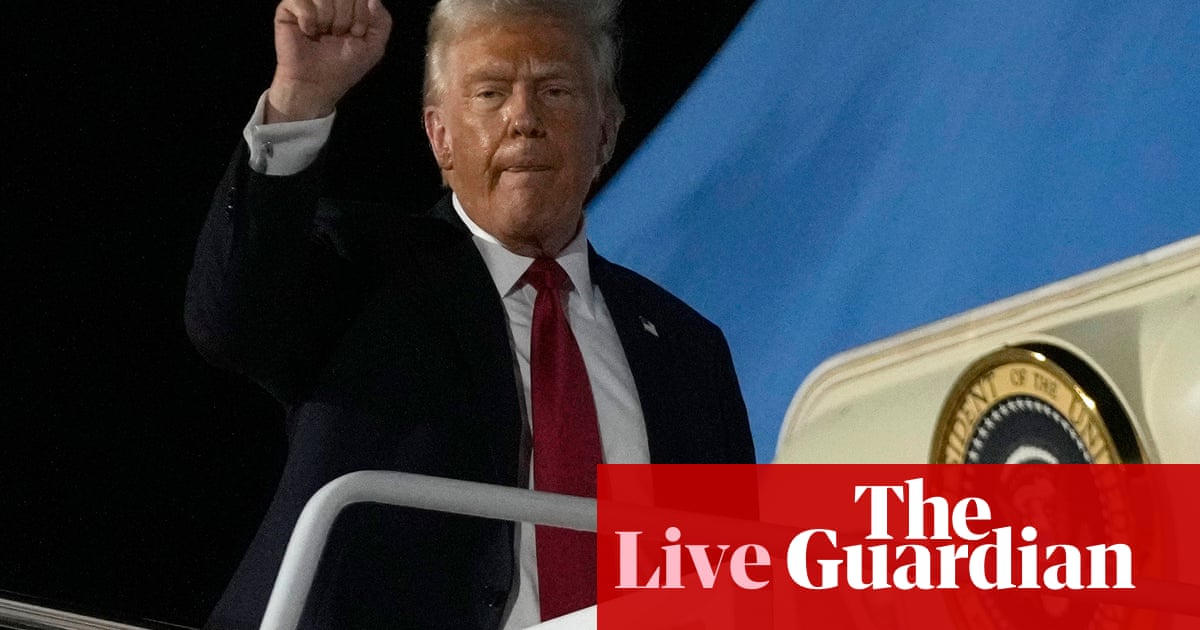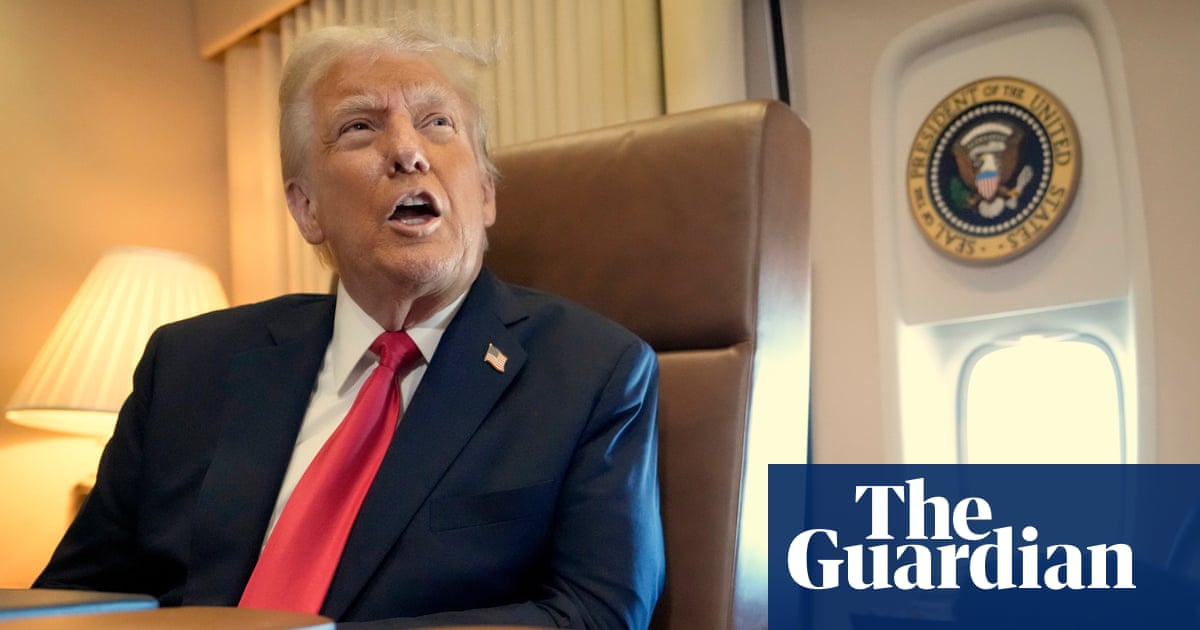The Trump administration’s big new cut to medical research funding is getting a lot of pushback and scrutiny, including what sounds like a warning from one of the president’s most reliable allies.
On Saturday, Sen. Katie Britt (R-Ala.) got a question from an AL.com reporter Scott Turner about a major reduction in National Institutes of Health grants that the Trump administration announced on Friday night.
The grants go to universities, teaching hospitals and laboratories around the country, underwriting research into everything from Alzheimer’s to cancer. (Disclosure: I’m married to somebody who works at one of these universities.) The change targets “indirect costs” — that is, support for research facilities and personnel not tied to a specific project — and will, by the administration’s own estimate, reduce federal research outlays by $4 billion a year.
The Trump administration, which has said downsizing the federal government is a top priority, says the research institutions can make do with less because right now they fritter away too much on what amounts to overhead. A loud, broad chorus, including everybody from medicalresearchers to business leaders, has objected strongly. While there is likely waste and ways to reduce it smartly, they say, the new NIH limit would cut deeply into the ability of institutions to innovate and, in many cases, to provide treatment, while eliminating jobs along the way.
Among the institutions that would feel the impact is the University of Alabama at Birmingham’s health system, which is why AL.com was asking Britt about it.
Britt, in her answer, nodded at the administration’s rationale, saying, “Every cent of hard-earned taxpayer money should be spent efficiently, judiciously and accountably — without exception.” But she also said that “a smart, targeted approach is needed in order to not hinder lifesaving, groundbreaking research at high-achieving institutions like those in Alabama.”
That’s not exactly a blistering condemnation. But even a mildly cautionary note from Britt, a fiercely loyal Republican and supporter of President Donald Trump, suggests she is either hearing from anxious constituents or worried about the cut’s impact on her state ― or, quite possibly, both.
It’s not hard to imagine why she would: As AL.com columnist John Archibaldpointed out over the weekend, UAB’s health system is the region’s economic backbone. “Millions upon millions will be lost in an institution that employs 28,000 people and enrolls 23,000 students, that provides jobs and health care and fuel to the regional economy that otherwise relies disproportionately on the service industry — restaurants and breweries and bars,” Archibald wrote.
Britt probably won’t be the last Republican lawmaker to say something like this, because she is not the only one with a state or district in this situation.
Major academic health centers are especially vital in more rural areas, where their hospitals and affiliated outpatient clinics may be the only health care providers — and the largest employers — within many hours of driving. Among the better-known examples are the University of Iowa’s hospital system, another major NIH recipient whose children’s hospital is famous for its role in a beloved college football tradition.
Patients and their families watch from the top floor of the Iowa Children's Hospital at the University of Iowa during a nonconference college football game between the Northern Iowa Panthers and the Iowa Hawkeyes on Sept. 15, 2018, at Kinnick Stadium, Iowa City, Iowa. The University of Iowa's hospital system is a major NIH recipient. Icon Sportswire via Getty Images
As for the specifics of the cut, the “indirect costs” at issue vary for each institution. NIH sets them after taking into account factors like the variable costs of real estate in different parts of the country.
The Trump administration’s new rule limits those expenses so that they can equal no more than 15% of the direct costs for any particular grant. That is well below what most institutions get now.
The Trump administration and its allies have justified the cut, in part, by saying it is closer to what private foundations provide for similar work. Medical researchers and their allies have said the comparison is irrelevant, because foundations don’t generally try to provide the kind of underlying, ongoing support for infrastructure and support personnel that the federal government does.
Whatever the wisdom of the new limit, it may not be legal.
Samuel Bagenstos, a University of Michigan law professor and former general counsel at the Department of Health and Human Services, which oversees NIH, wrote in a newsletter over the weekend that federal law prohibits the administration from making this kind of cut.
That means this rule is likely to draw lawsuits in the next few days ― and maybe a halt from the courts, similar to the rulings federal judges have handed down in response to other Trump administration actions. Britt’s statement is a sign it could soon face more political blowback as well, even from parts of the country where Trump’s support has been strongest.

 German (DE)
German (DE)  English (US)
English (US)  Spanish (ES)
Spanish (ES)  French (FR)
French (FR)  Hindi (IN)
Hindi (IN)  Italian (IT)
Italian (IT)  Russian (RU)
Russian (RU) 























Comments